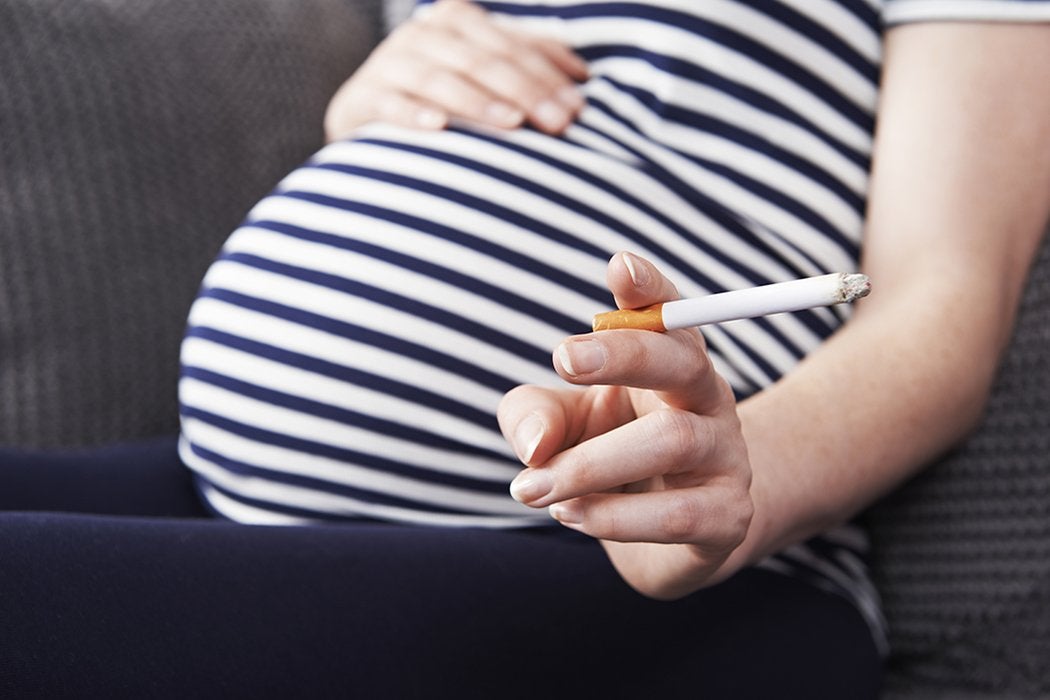The number of children born with an addiction to opioids has risen dramatically over the past decade, according to a recent CDC report. Everyone has sympathy for these babies, but when it comes to the mothers things get a little more complicated. Do we see them as victims of substance abuse, or as child abusers? In a 2010 paper for Sociological Forum, Kristen W. Springer argues that the answer has a lot to do with race and class.
To understand how the media portrays expectant mothers’ drug use, Springer starts by looking at what drugs pregnant women actually used. A 1992 study by the U.S. Department of Health and Human Services found that 4.5% of pregnant black women used cocaine, compared with under 1% for white and Hispanic women. On the other hand, pregnant white women had higher rates of alcohol and tobacco use—close to 25% for each drug. Among African Americans, under 16% used alcohol and under 20% used tobacco. And for Hispanics, the rates were just 9% and 6%, respectively.
As it turns out, research has found the drugs preferred by white women are the ones that are more dangerous to developing fetuses. Despite some early studies suggesting serious harm to babies exposed to cocaine in the womb, more comprehensive work on the subject in the early 2000s found that the drug did not have the lasting impact on children that alcohol and tobacco can.
To see how these actual dangers matched up with media portrayals, Springer analyzed more than 100 New York Times stories published between 1985 and 2002 about pregnant women’s use of alcohol, tobacco, and crack cocaine. She found that stories related to crack use were far more likely to be framed in ways that blamed the mothers. Sixty-three percent of stories about pregnant women’s use of crack employed what Springer refers to as the “bad mother” frame, suggesting abuse or neglect. In contrast, only 11% of the stories about alcohol use and 8% of those about tobacco used this frame.
Beyond the different portrayals of drugs associated with people of different races, Springer also found that white and non-white mothers were depicted differently, even when the drug involved was the same. Articles focused on white crack users and their babies were less likely to use negative frames than those about women of other races, and the same was true with alcohol and tobacco.
Interestingly, race alone did not explain all the differences Springer found in the portrayals of mothers’ drug use. Within each drug category, women from lower socioeconomic classes were more likely than their wealthier counterparts to be shown as “bad mothers.”
When it comes to the current crisis of pregnant women’s opioid use, the fact that users are disproportionately white means they might avoid the specifically racist “bad mother” stereotypes. But it wouldn’t be surprising if the level of sympathy or blame extended to drug-addicted new mothers depends a great deal on whether the media focuses on middle-class suburbs or poorer white communities.







